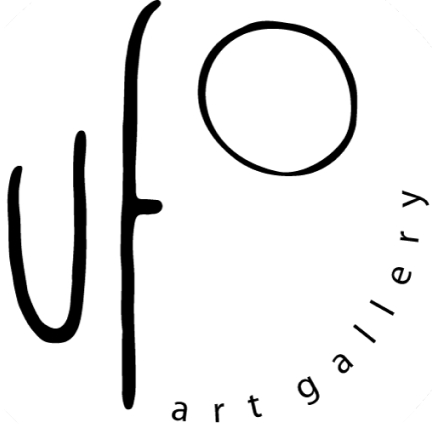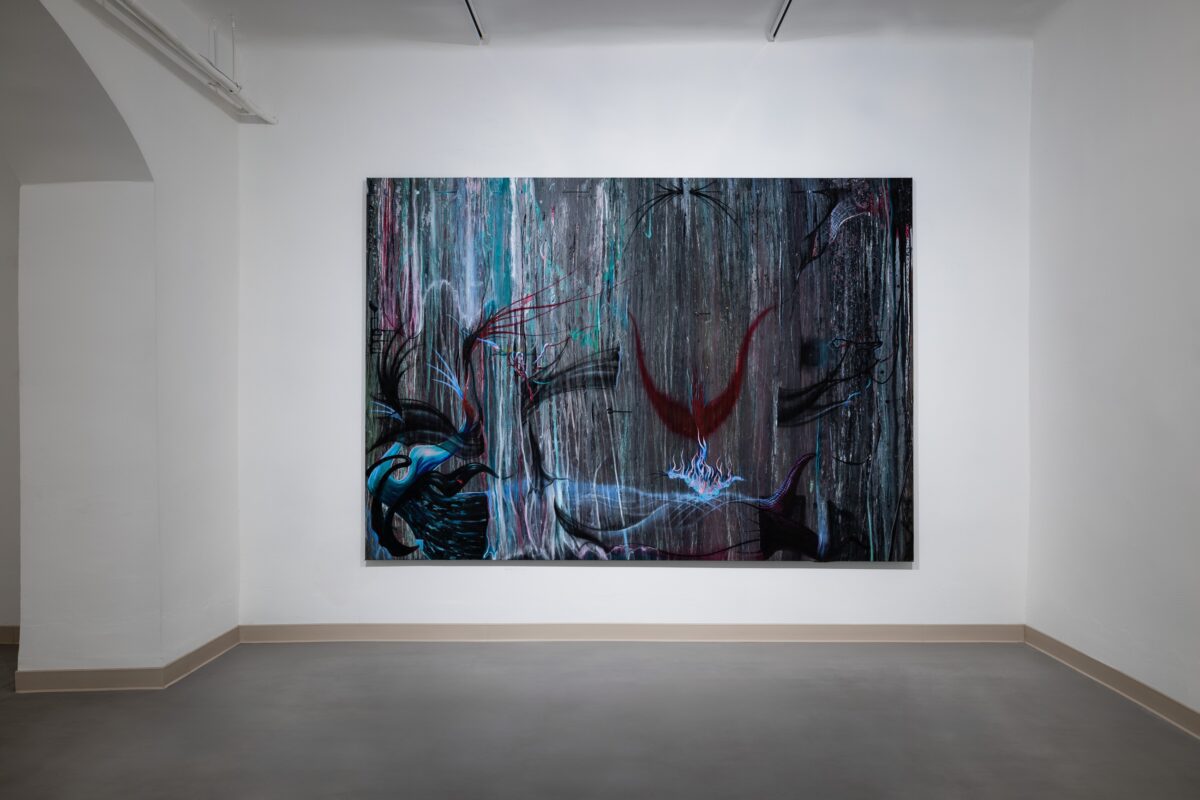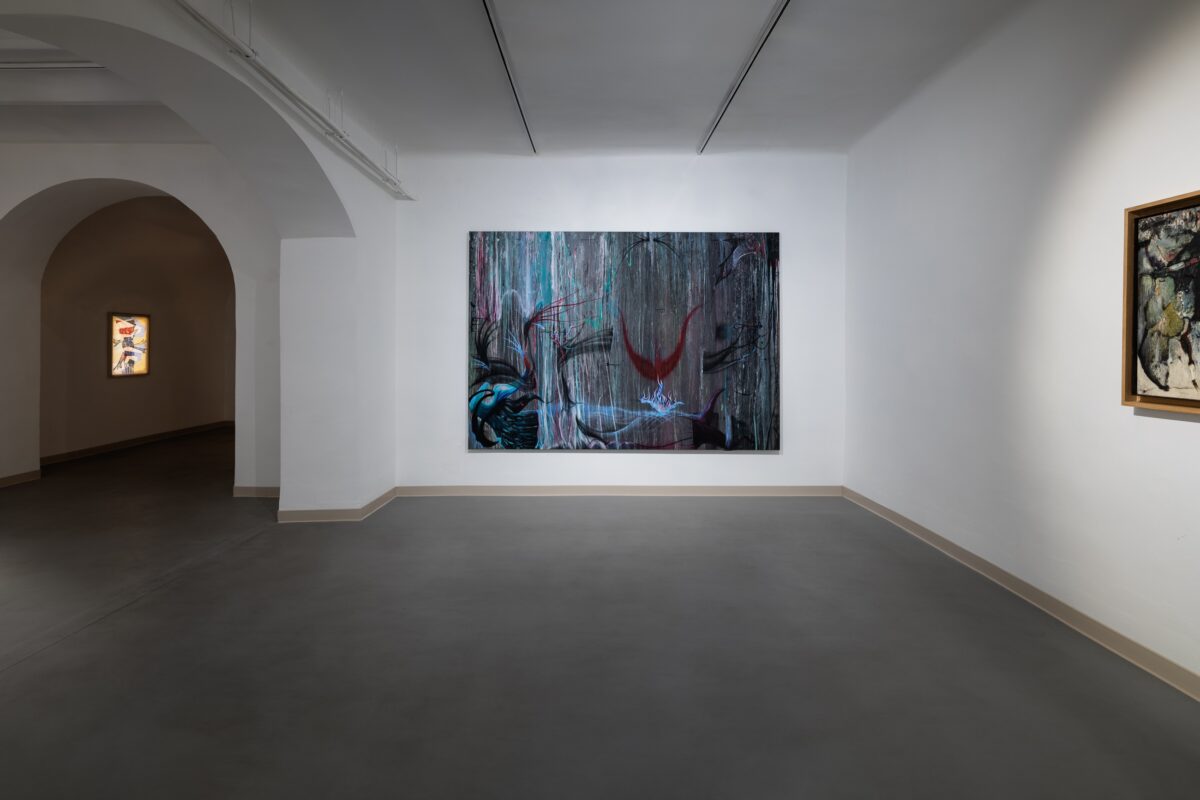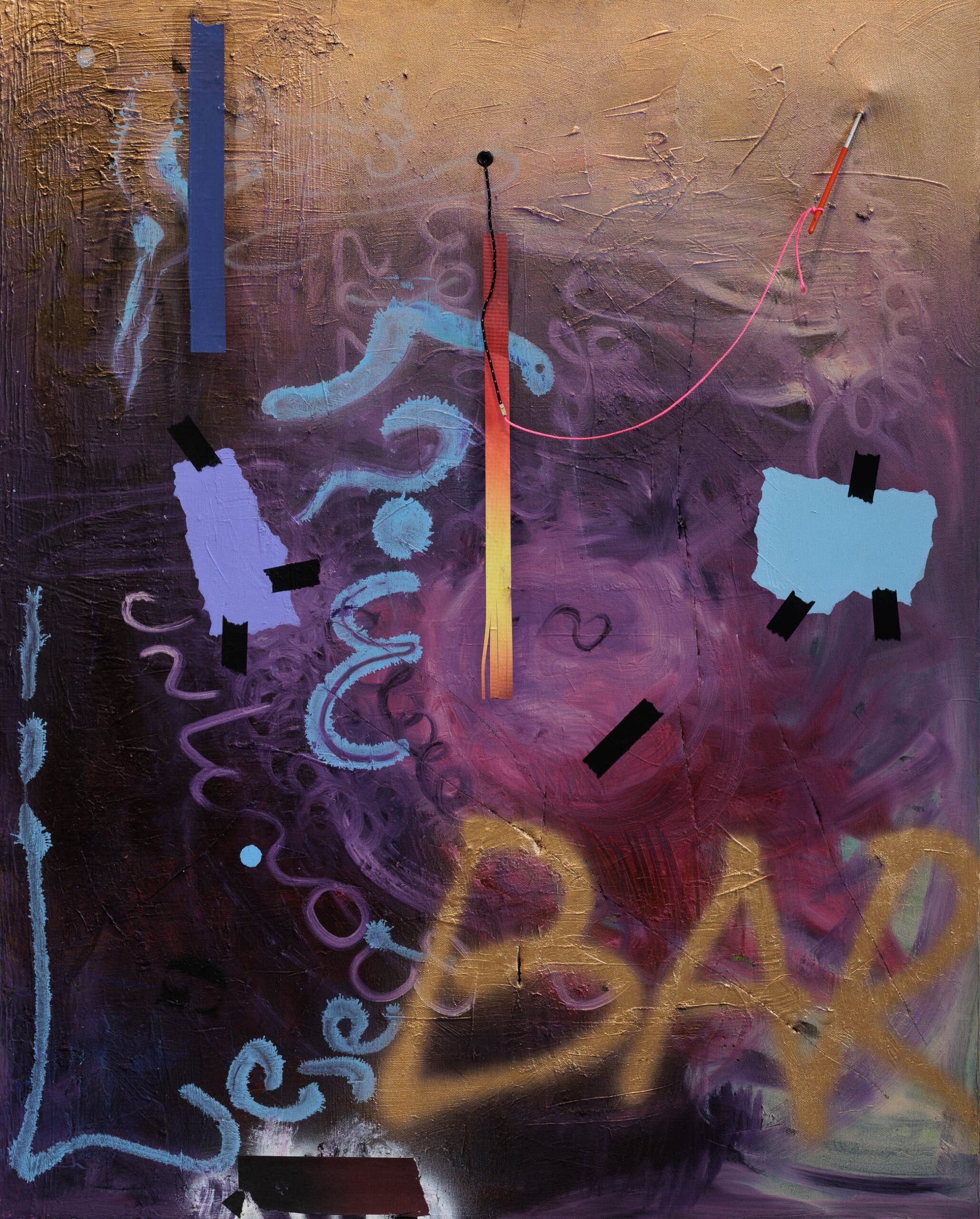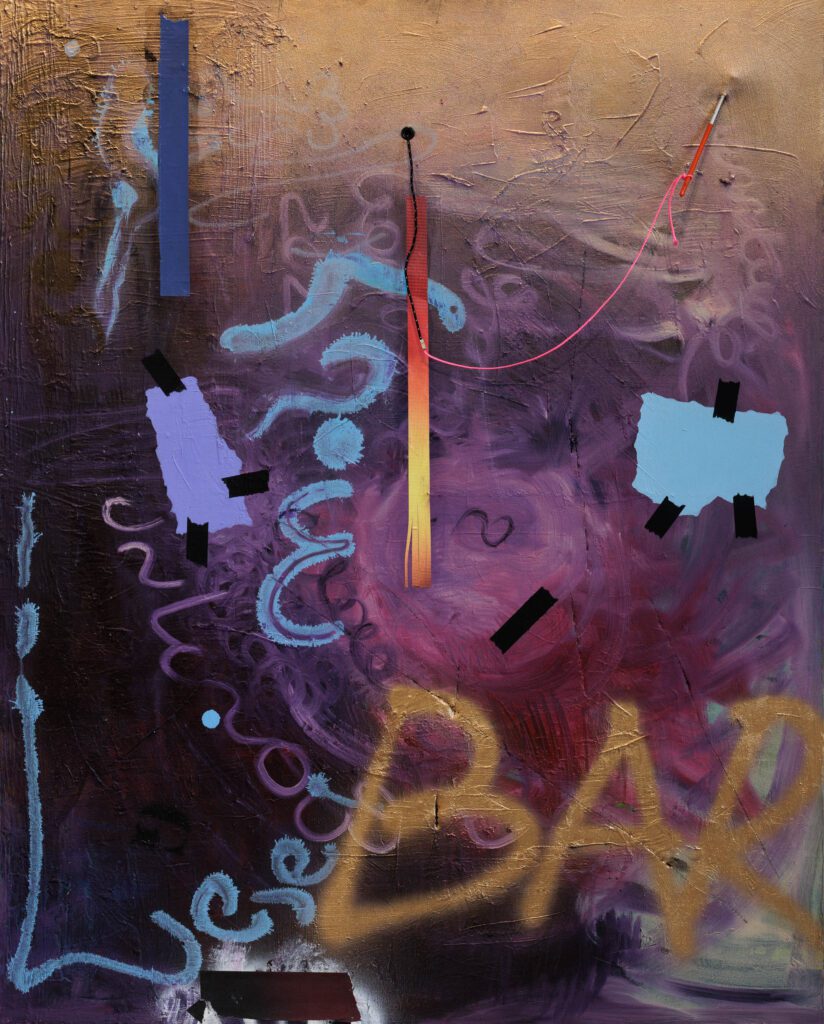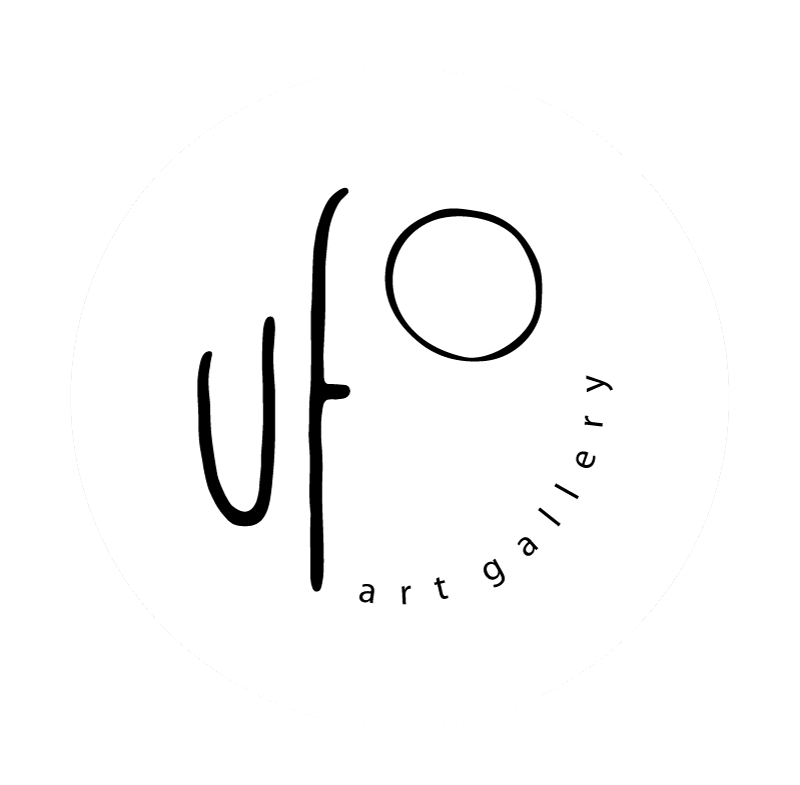Considering the foundations of existence in the vastness of the unknown, I felt that something was leading me to focus on the known, or perhaps even ignorance. However, even what seems definite quickly turns out to be changeable. There is always some but, some exception to the accepted rule.
Science, although it proves something along the way, also changes. In this constant movement, it is the unknown that proves to be the only pure constant that I can trust.
The process of creating art in its purest form is also born from the unknown — from constant change that ultimately leads to degradation and disintegration. And yet in this cycle, the irrational appearance of an object — its momentary presence in the network of senses and then its disintegration — becomes, paradoxically, a form of pure rationality.
Nevertheless, abstraction is deeply rooted in our very existence, which is a construct of rules — and exceptions to these rules. We exist in the space between: between seeking and possessing. Our minds live in the illusion that they can manipulate reality with just thought—as if all it takes is to hit the “right frequency.”
You could call this wishful thinking. Or the birth of a new structure within an existing one.
A work of art, on the other hand, defies these illusions. It exists in constant transformation, beyond possession, beyond control. The moment of its end is not final—it is a question that time itself asks. Like a question that we have not had time to answer before someone new asks it—and unconsciously utters the right answer, the one that has never been uttered before.
Radim Koros
